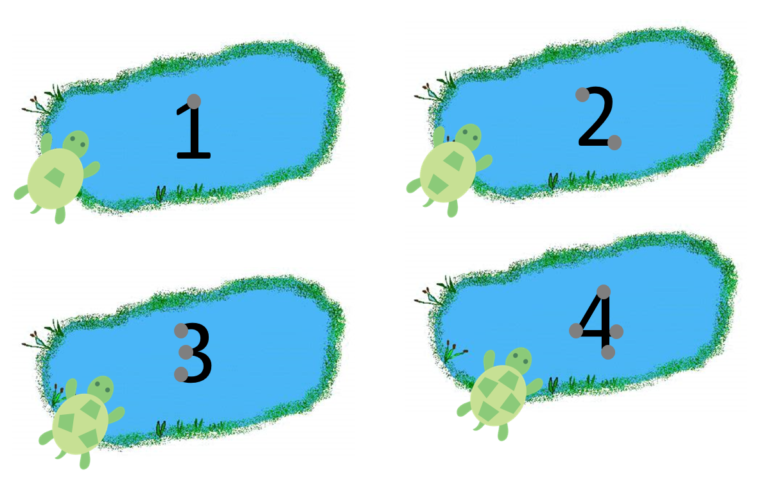The Process of Art: What Do I Say?
Guest Blog by Jacki Leader

“You can’t use up creativity. The more you use, the more you have.”
– Maya Angelou
Our field has come a long way in what we consider art for young children. In the past, the art tended to be cookie cutter models, with each child’s art project looking near identical to their classmates. As I work with teachers and visit early childhood classrooms, I have seen more and more process-oriented art and less art that looks cookie cutter perfect. I love this shift in what I am seeing. I have worked with many teachers to help them understand that the process of doing the art is more important than the end product, and on how to develop process-oriented art experiences. This process-oriented art increases creativity and problem solving in young children.
While many teachers have embraced this shift to more creative avenues of art, they are often still unsure of how to interact with children during art projects. Feedback tends to be in the form of generic “good jobs” to overused praise such as “I love your picture”. The problem with “good job” is that the child is unsure what they did that was “good”. The “I love your picture” praise also is problematic. When we tell children how much we love what they did, the children tend to become praise junkies. They develop a high need to get approval on what they did from an adult. You may be struggling right now thinking that this is the type of feedback you give children during art. If these techniques are not the best, then what should you say? Here are some tips to help you become a pro at interacting with children during process-oriented art experiences:
Focus on the process:
Since the process is more important in the artwork than the end product, comment on what the children are doing.
- “That is an interesting pattern, how did you make it?”
- “I see some different colors here, how did you decide what colors to use and where to use them?”
- “I saw you were having a hard time getting the pieces to stick together, what finally worked?”
Discuss and explore the materials:
Having a variety of art materials available for the children to use inspires the children to be creative. Sometimes the children are unsure about what the materials can be used for. Consider talking with them about different types of materials and how they could use the materials in their artwork.
- “What type of material is this? What could we use it for?”
- “Today we are going to use finger paint. How is the finger paint different from the paint we normally use? How does it feel?”
- “We have tape, bottle glue and a glue stick, what might work best to stick your materials together?”
Interact during each step of their art making session:
Each step of the art making session provides for opportunities to talk with the children, inspire and enhance their ideas.
- In the beginning ask the children what they plan on making, what materials they may need, and what their first steps will be.
- While the children work, focus on what they are doing, what problems they may be having, and how they solved the problems.
- After they have completed their masterpiece have the child describe their artwork. What did they enjoy about making the artwork? Ask the child if they want to display their artwork in the classroom or take it home.
Finally, if you are ever at a loss for words when a child shows you his/her artwork, one of the best things to say is “Tell me about your picture”.







